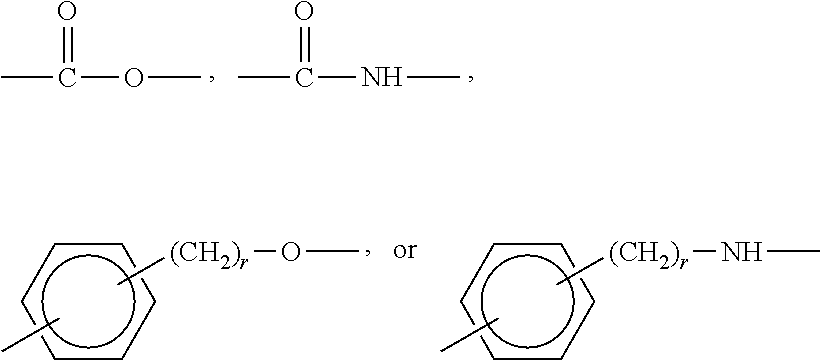Cross-linked copolymer containing phosphorylcholine monomer and cosmetic composition containing same
- Summary
- Abstract
- Description
- Claims
- Application Information
AI Technical Summary
Benefits of technology
Problems solved by technology
Method used
Image
Examples
preparation example 2
Preparation of Copolymer
[0053]1200 g of an organic solvent obtained by mixing cyclohexane and ethylacetate with each other at a weight ratio of 50:50, 100 g of acrylic acid, and 1 g of MPC were put into a reactor, and then the reactant was stirred so as to be dissolved while slowly raising a temperature in the reactor to 60° C., followed by purging the reactor with nitrogen for 30 minutes. In addition, separately, 3 g of trimethylolpropane diallyl ether as a cross-linking agent and 0.04 g of Vazo 52 (Dupont) as a polymerization reaction initiator were dissolved in the 10 g of the organic solvent obtained by mixing cyclohexane and ethylacetate with each other at the weight ratio of 50:50, and put into the reactor when the temperature of the reactor approached at 60° C., followed by performing a polymerization reaction for hours. After the polymerization reaction was terminated, the filtered reaction product was put into a vacuum evaporator to remove the organic solvent at 90° C., the...
preparation example 3
Preparation of Copolymer
[0054]1200 g of a benzene organic solvent, 100 g of acrylic acid, and 10 g of MPC were put into a reactor, and then the reactant was stirred so as to be dissolved while slowly raising a temperature in the reactor to 80° C., followed by purging the reactor with nitrogen for 30 minutes. In addition, separately, 1.0 g of trimethylolpropane diallyl ether as a cross-linking agent and 0.2 g of azobisisobutyronitrile (AIBN) as a polymerization reaction initiator were dissolved in the 10 g of the benzene organic solvent, and put into the reactor when the temperature of the reactor approached at 80° C., followed by performing a polymerization reaction for 10 hours. After the polymerization reaction was terminated, the filtered reaction product was put into a vacuum evaporator to remove the organic solvent at 90° C., thereby obtaining a copolymer as white powder. Transparency of the obtained copolymer was 88%, and a 0.5 weight % aqueous solution of the copolymer had a ...
preparation example 4
Preparation of Copolymer
[0055]1,400 g of an organic solvent obtained by mixing cyclohexane and ethylacetate with each other at a weight ratio of 50:50, 100 g of acrylic acid, and 20 g of MPC were put into a reactor, and then the reactant was stirred so as to be dissolved while slowly raising a temperature in the reactor to 70° C., followed by purging the reactor with nitrogen for 30 minutes. In addition, separately, 3 g of trimethylolpropane diallyl ether as a cross-linking agent and 0.01 g of azobisisobutyronitrile (AIBN) as a polymerization reaction initiator were dissolved in the 5 g of the organic solvent obtained by mixing cyclohexane and ethylacetate with each other at the weight ratio of 50:50, and put into the reactor when the temperature of the reactor approached at 70° C., followed by performing a polymerization reaction for 10 hours. After the polymerization reaction was terminated, the filtered reaction product was put into a vacuum evaporator to remove the organic solve...
PUM
| Property | Measurement | Unit |
|---|---|---|
| Percent by mass | aaaaa | aaaaa |
| Percent by mass | aaaaa | aaaaa |
| Percent by mass | aaaaa | aaaaa |
Abstract
Description
Claims
Application Information
 Login to View More
Login to View More - R&D
- Intellectual Property
- Life Sciences
- Materials
- Tech Scout
- Unparalleled Data Quality
- Higher Quality Content
- 60% Fewer Hallucinations
Browse by: Latest US Patents, China's latest patents, Technical Efficacy Thesaurus, Application Domain, Technology Topic, Popular Technical Reports.
© 2025 PatSnap. All rights reserved.Legal|Privacy policy|Modern Slavery Act Transparency Statement|Sitemap|About US| Contact US: help@patsnap.com



